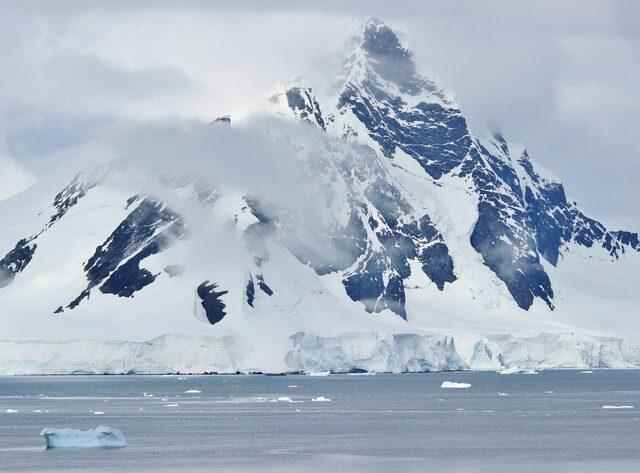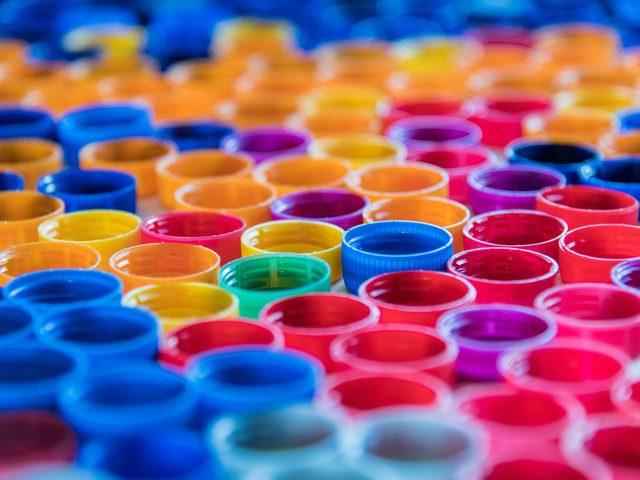The harms of microplastic do not end by counting. Unfortunately, in addition to our daily exposure, microplastic has reached Antarctica. New Zealand scientists revealed the details of this sad development for humanity.
Scientists from the University of Canterbury, based in New Zealand, have published the world’s first study confirming the discovery of microplastics in freshly fallen snow in Antarctica. It was stated that Antarctica is considered by many to be an untouched place, but microplastics smaller than a grain of rice have reached this part of the world due to global pollution.
MAKES SNOW AND ICE EASY TO MERGE
Studies have found that microplastics have negative effects on environmental health (in addition to limiting growth, reproduction and general biological functions in organisms, they have negative effects for humans). Taken on a larger scale, the presence of microplastic particles in the air in Antarctica has the potential to affect climate by accelerating the melting of snow and ice.

SEEN IN SNOW IN 19 REGIONS
University of Canterbury PhD student Alex Aves collected snow samples from the Ross Ice Shelf in Antarctica in late 2019, and after lab analysis it turned out to have plastic particles in every sample taken from remote areas on the Ross Ice Shelf. The team said they collected samples from 19 regions of Antarctica and found microplastics in each sample.

IT WAS DETECTED THAT THE PLASTIC TYPE IS PET
Emphasizing that the amount of microplastic detected per liter of melted snow is an average of 29 microplastic particles, the scientists stated that this is more than the rate in the sea. “The largest station in Antarctica, Ross Island, right next to the scientific bases at Scott Base and McMurdo Station, the density of microplastics was about 3 times higher, similar to that found in Italian glacial debris. Thirteen different types of plastic were found, with the most common being PET used to make soft drink bottles and clothing.
(DHA)
